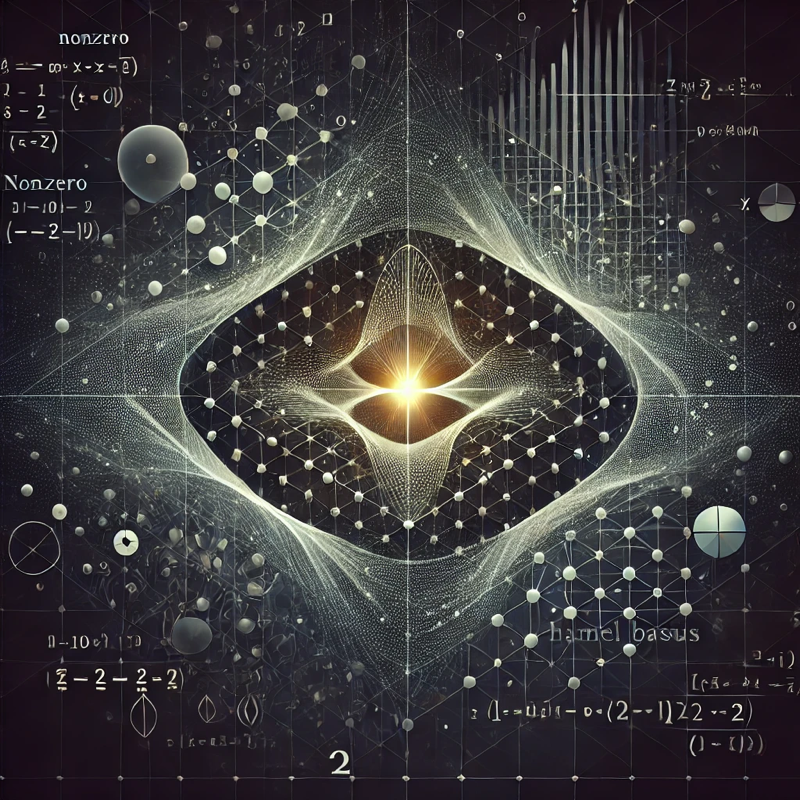
The Bailey-Borwein-Plouffe Formula: Computing Pi One Digit at a Time
Happy Pi Day, fellow math enthusiasts! Today, I’d like to take you on a journey to explore one of the most fascinating—and surprisingly obscure—discoveries in the mathematical study of pi: the Bailey-Borwein-Plouffe formula.
But first, let’s consider a question. How would you calculate the billionth digit of pi? Or the trillionth? Or even further?
The traditional approach seems obvious, doesn’t it? We’d need to calculate all the preceding digits first. It’s like reading a book—you can’t just jump to page 247 without turning all the previous pages. At least, that’s what mathematicians believed for centuries.
And then something remarkable happened.
The Formula That Changed Everything
In 1995, a mathematical breakthrough occurred that fundamentally changed how we think about pi. David Bailey, Peter Borwein, and Simon Plouffe discovered a formula that allows us to calculate any specific hexadecimal (base-16) digit of pi without computing any of the previous digits.
Let that sink in for a moment. It’s as if you could read page 247 of a book without opening the cover.
The formula, now known as the Bailey-Borwein-Plouffe (BBP) formula, looks like this:
\[ \pi = \sum_{k=0}^{\infty} \frac{1}{16^k} \left(\frac{4}{8k+1} – \frac{2}{8k+4} – \frac{1}{8k+5} – \frac{1}{8k+6}\right) \]
But what makes this formula so special? Why does it allow us to perform what seems like mathematical time travel?
Digit Extraction: The Mathematical Superpower
The key to the BBP formula’s power lies in a property called “digit extraction.” Through clever algebraic manipulation, the formula can be restructured to compute the nth hexadecimal digit directly.
Here’s how it works in simplified terms:
To find the nth hexadecimal digit of pi, we need to calculate:
\[ P(16, n, j) = 16^{n-j} \mod 1 \]
Where j refers to each term in the formula (8k+1, 8k+4, etc.)
The beauty of this approach is that computing powers of 16 modulo 1 can be done efficiently using binary exponentiation techniques. We don’t need to keep track of all previous digits—we just need to perform specific modular calculations.
But why does this work? And why hexadecimal?
Why Base-16 Is Special
You might be wondering—why does this formula work for hexadecimal but not for our familiar decimal system?
The answer lies in the structure of the formula itself. The factor \(16^k\) in the denominator creates a beautiful mathematical property: when we convert to hexadecimal, each successive term contributes primarily to digits further and further to the right.
The \(16^k\) term effectively “shifts” each contribution by exactly k hexadecimal places. This property doesn’t work in base-10 because the formula specifically exploits properties of base-16.
And yes, mathematicians have searched for a similar formula that would work for decimal digits. So far, no such formula has been discovered—which makes the BBP formula all the more intriguing.
From Mathematical Curiosity to Practical Tool
The discovery of the BBP formula wasn’t just a mathematical curiosity—it had profound practical implications. For instance:
- It has enabled verification of pi calculations to trillions of digits
- It allows distributed computing projects to verify different portions of pi independently
- It provides a method to check for errors in large-scale pi computations
But perhaps the most interesting aspect is how this formula was discovered. Unlike many mathematical breakthroughs that come from pure theoretical work, the BBP formula was found through computer exploration.
The researchers were using a computer program called PSLQ (Partial Sum of Least Squares) to search for mathematical relationships. They were looking for patterns involving pi, and the algorithm discovered this remarkable formula.
Let’s think about that for a moment. A formula that has profound theoretical implications for our understanding of pi was discovered through algorithmic exploration rather than pure deduction. This represents a fascinating shift in how mathematical discovery can happen in our modern era.
Beyond BBP: The Implications
The BBP formula opens up intriguing questions about the nature of pi itself. For centuries, mathematicians have wondered whether pi contains every possible finite sequence of digits. Could your phone number, birth date, or the complete works of Shakespeare be found somewhere in the digits of pi?
We still don’t know the answer with certainty, but the BBP formula gives us a new lens through which to explore these questions.
And there’s more. Since the discovery of the original BBP formula, mathematicians have found similar formulas for other constants, including ln(2), \(\pi^2\), and certain Catalan numbers. A whole new field of study has emerged from this single discovery.
A Simple Implementation
For the programmers among us, here’s a simplified Python function that implements the BBP algorithm to find the nth hexadecimal digit of pi:
def bbp_formula(n):
"""Compute the nth hexadecimal digit of pi using the BBP formula"""
def s(j, n):
# Calculate the sum for each term in the BBP formula
total = 0
for k in range(n+1):
r = 8 * k + j
total += (16 ** (n-k) % r) / r
total %= 1
# Add the remaining terms
for k in range(n+1, n+100):
r = 8 * k + j
total += 16 ** (n-k) / r
if 16 ** (n-k) < 1e-10:
break
total %= 1
return total % 1
# Combine the four terms of the BBP formula
result = (4 * s(1, n) - 2 * s(4, n) - s(5, n) - s(6, n)) % 1
# Convert to hexadecimal
return format(int(result * 16), 'x')
# Example: compute the 10th hex digit of pi
print(bbp_formula(10)) # Should output '9'
Note that this is a simplified implementation for educational purposes. Production implementations need to handle numerical precision more carefully.
Conclusion: The Endless Wonder of Pi
So, what have we learned? Pi—this seemingly simple ratio between a circle's circumference and diameter—continues to surprise us with its complexity and the mathematical depths it reveals.
The BBP formula stands as a testament to mathematical creativity and reminds us that even after thousands of years of study, there are still new ways to understand the constants that define our mathematical universe.
As we celebrate Pi Day, perhaps we can take a moment to appreciate not just the well-known aspects of pi, but also these hidden mathematical gems that continue to expand our understanding.
And who knows? Perhaps there are other formulas, other properties of pi still waiting to be discovered. Maybe you'll be the one to find them.
So, what obscure mathematical property fascinates you about pi? I'd love to hear your thoughts in the comments below.
RELATED POSTS
View all



